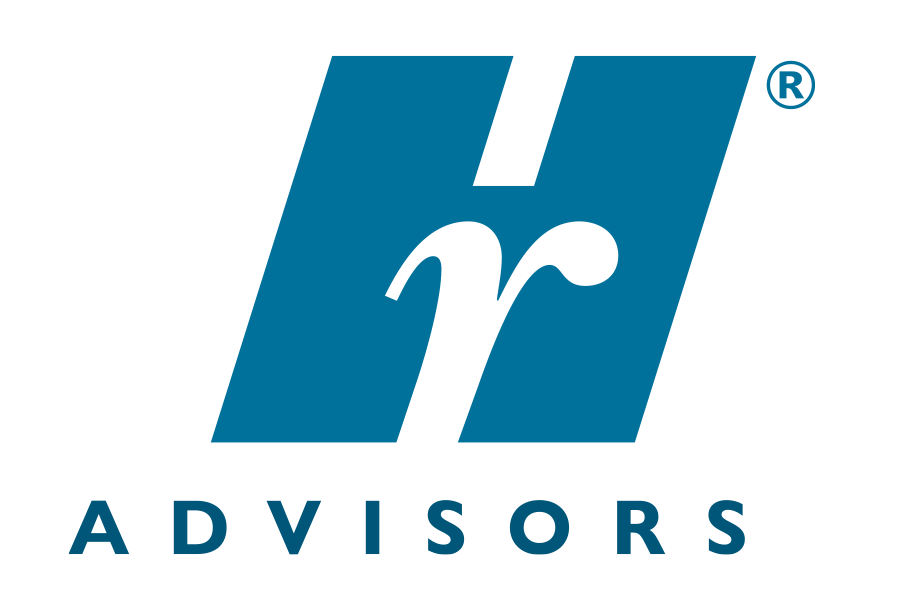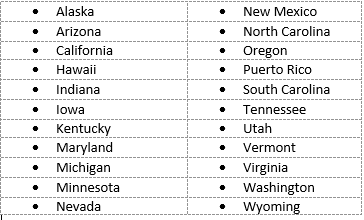OSHA Inspections and What to Expect
To ensure safe workplaces, OSHA has broad investigative authority to conduct on-site inspections and litigation “discoveries.” Also, you may not have known that there’s normally no advance notice to an inspection, unless it’s under these conditions:
There’s apparent imminent danger
When the inspection has to be after regular business hours or when special preparations are necessary
If management/worker representatives aren’t likely to be on-site unless they have advance notice
When advance notice is necessary for a more complete inspection, such as when a fatality occurs
Worker complaints are taken very seriously by OSHA, and they can trigger an inspection. These complaints are high priority, almost as high as situations of imminent danger or a work-related fatality or severe illness or injury. So, it is worthwhile on several fronts to pay attention to employee complaints regarding safety in the workplace!
To enter your workplace, OSHA must have an administrative warrant or get the employer’s consent, and the inspection involves an opening conference, a “walkaround” and a closing conference. To prepare for inspections, employers should develop and maintain a written safety program, including a formal program for reporting and resolving employee safety concerns.
OSHA encourages states to develop their own OSHA-approved State Plans where state agencies have standards and requirements that at least meet or are higher than the federal ones set by OSHA.
The following 22 states or territories have OSHA-approved State Plans/state agencies that have jurisdiction over private workplaces:

